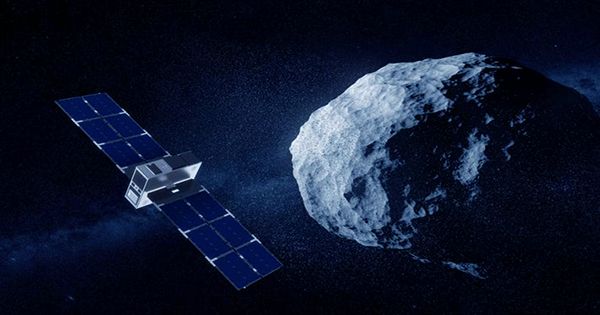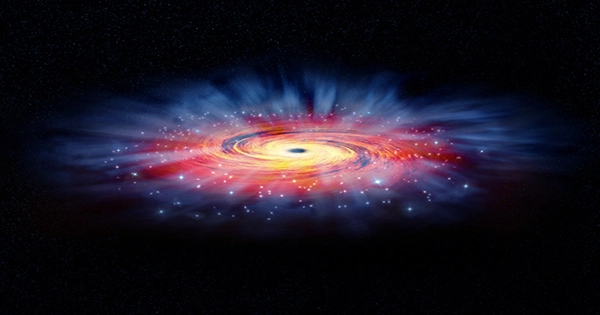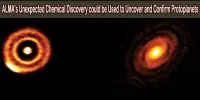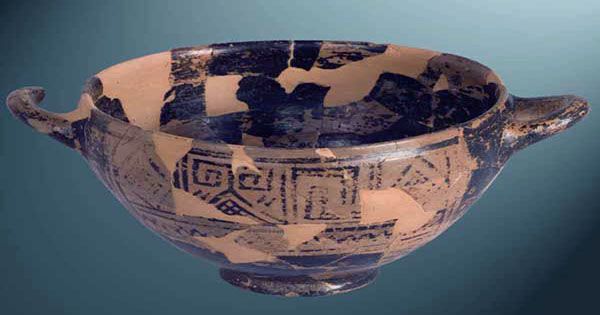The Dark Energy Camera (DECam) is a highly sensitive instrument designed to observe the faint light from distant galaxies in order to study dark energy, which is the hypothetical force causing the accelerated expansion of the universe. It is one of the primary instruments used in the Dark Energy Survey (DES), a cosmological survey aimed at understanding the nature of dark energy.
The U.S. Department of Energy-fabricated Dark Energy Camera, DECam, captured the image of the tattered shell of the first recorded supernova. The camera is mounted on the U.S. National Science Foundation’s Víctor M. Blanco 4-meter Telescope at Cerro Tololo Inter-American Observatory in Chile, a program of NSF’s NOIRLab.
A ring of debris, named RCW 86, is all that remains of a white-dwarf star that exploded more than 1,800 years ago and was recorded by Chinese astronomers in the year 185 as a “guest star.”
The Dark Energy Camera was primarily built for the Dark Energy Survey, a collaboration of scientists from around the world. The survey aims to map 5,000 square degrees of the southern sky and study the distribution of galaxies, supernovae, and other celestial objects to understand the nature of dark energy and dark matter.
The DECam image confirms RCW 86 as the resulting structure of this historical supernova, SN 185 (supernova, year 185). Before, astronomers thought it would take a supernova of this type around 10,000 years to develop into the structure we see today. RCW 86 would have been much older as a result than the supernova discovered in the year 185.
The RCW 86 image provides insight into how the supernova remnants have changed over the past 1,800 years. DECam’s wide-field vision enabled astronomers to create this rare view of the entire supernova remnant.
The estimate is consistent with an age of roughly 2,000 years, which supports the connection between RCW 86 and the guest star discovered centuries earlier.
The Dark Energy Camera has played a crucial role in advancing our understanding of the universe by providing high-quality images and data for cosmological research. It continues to be an important instrument for ongoing and future surveys aimed at unraveling the mysteries of dark energy and dark matter.
While an accurate age estimate brought astronomers one step closer to understanding this unique stellar feature, one mystery still remained: How did RCW 86 expand so fast?
Large concentrations of iron were detected in the area’s X-ray data, which is a clear sign of a specific outburst in a binary star system that occurs when a dense white dwarf siphons material from its companion star until it explodes. SN 185 would have awed observers while it shone brightly in the night sky.
















